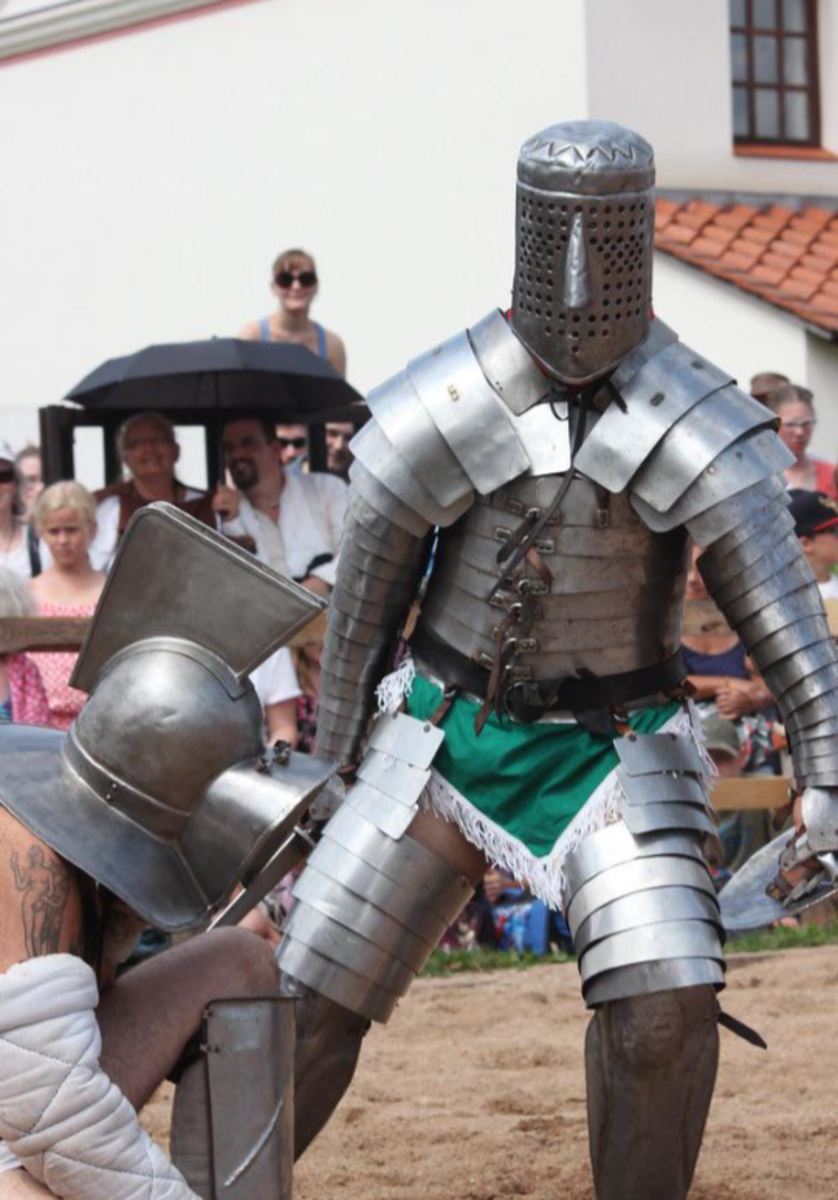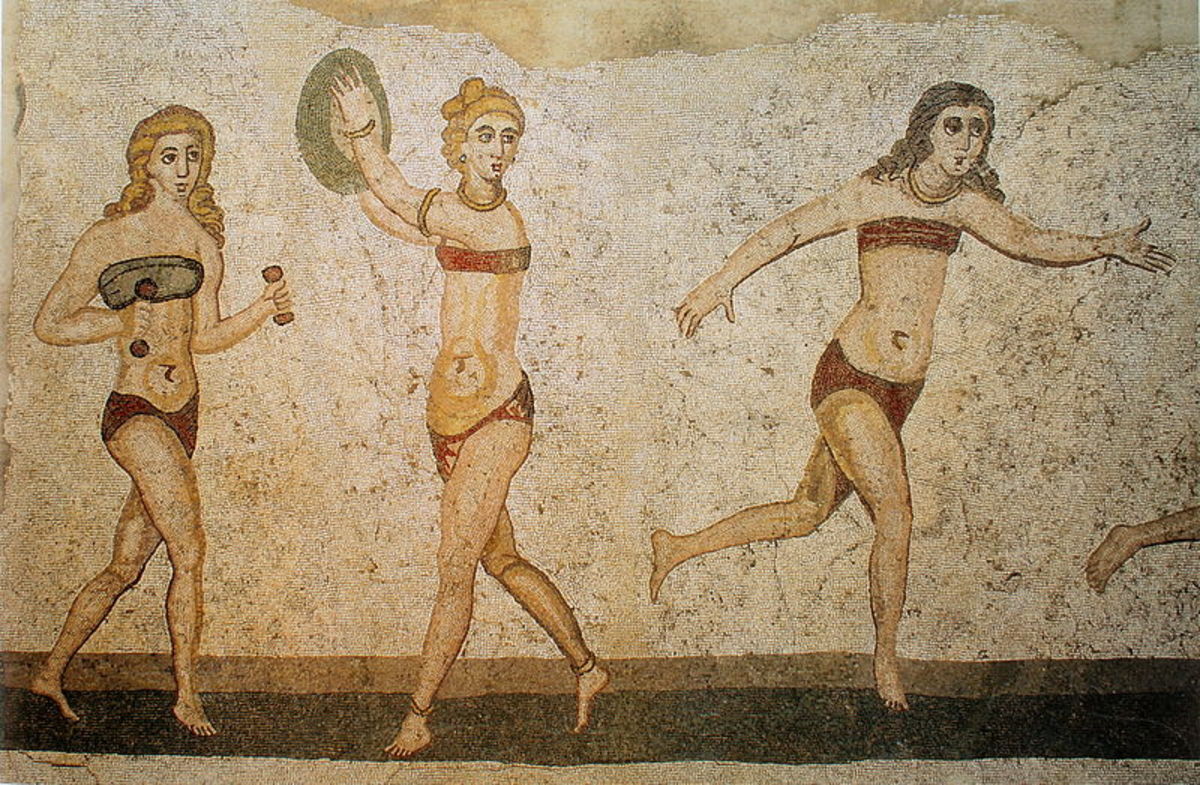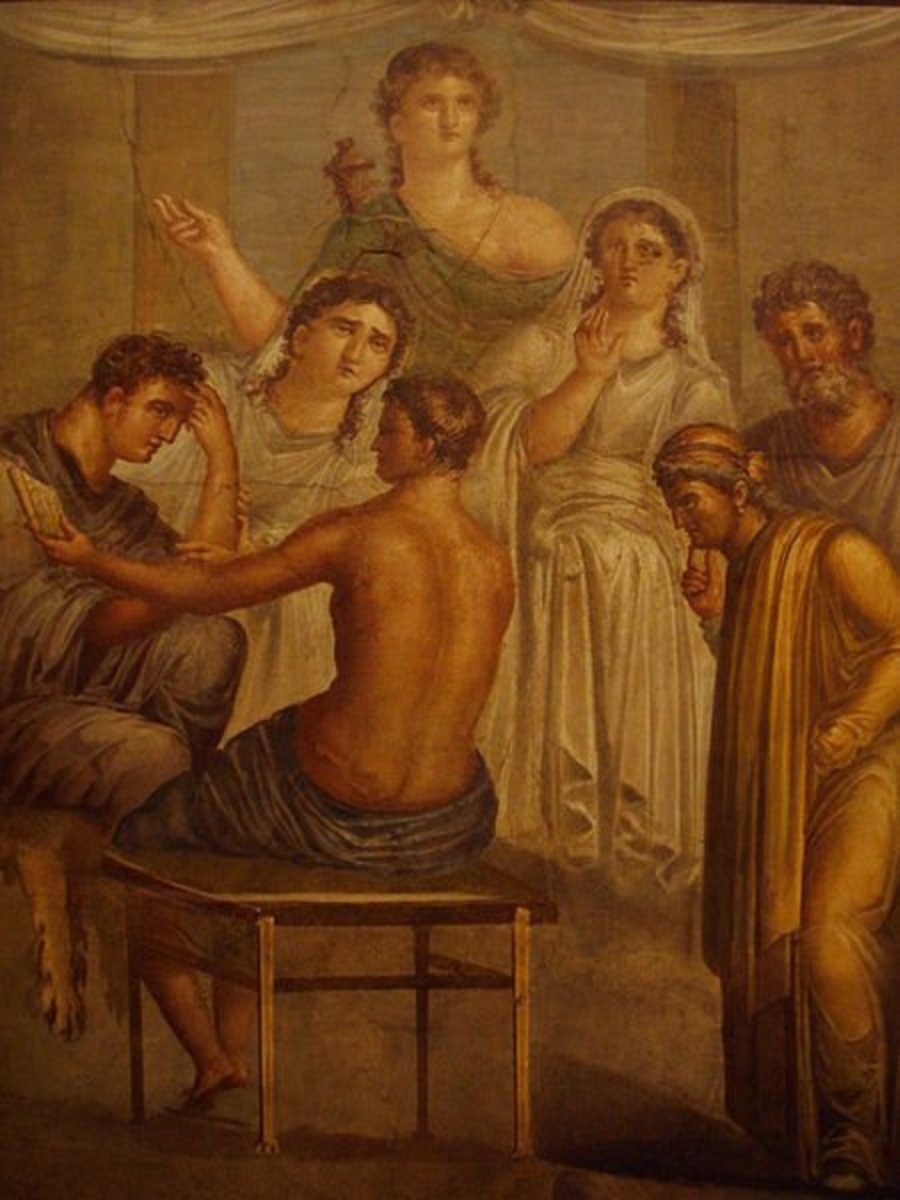History of Roman Gladiators in Ancient Rome, Gladiator Schools and The Fights
Introduction
Gladiators were part of a religious ceremony for the Ancient Greeks, later to become the favorite bloodsport to the Roman Empire.
The gladiators (or “gladiatore” in Latin derived from the word “gladius” - sword) were slaves and prisoners of war of the roman empire. The favorite form of entertainment to the people of Rome. Usually they would fight each other or animals. “We sacrifice the living, to feed the dead” as emperor Karakul described the ideological identity of the gladiatorial combat.
Some History
In the beginning, this spectacle was part of religious ceremonies of either the Greeks or the Etruscan people to honor Patrocles. But the blood factor wasn’t present at the time, apart from the symbolic defeat of the opponent.
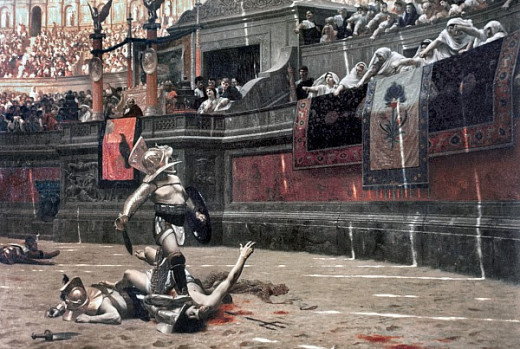

The first time a gladiatorial combat was performed in Rome took place in the “Forum Boarium" - the Forum of the Boar to honor the late Brutus Perrius, organized by his sons. Such fights took place every five years. Three pairs would fight in an improvised arena. Later becoming a landmark of the Roman culture and favorite form of entertainment for nearly seven centuries. With the model of the fights constantly changing to keep the crowd interested.
Gladiator Schools
This form of entertainment kept growing in popularity. Gladiatorial schools and trainers took care for the warriors. They also bought physically strong slaves, nourishing them to health if they had illnesses, and taught them how to become professional fighters.
During the reign of Augustus the Gauls and the Dacians had their own schools, among the more famous with the Great and the Morning gladiatorial schools. It even became a fashion for the rich to have personal gladiators – either hired fighters or slaves. A new sentence for the convicted criminals was to become gladiators and join such schools.
Gaining popularity through the fights, some gladiators reached a “rock star” status becoming favorites of the people. A gladiator who survived 40 fights would be set free and become an independent roman citizen. It's surprising that many refused to take their freedom, enjoying the fame and money they earned while fighting. Forever keeping the “infames” status. The most famous example to date of a “disgraced” gladiator is that of Galen. He was a prominent Roman gladiator, who refused freedom several times. The people voted for him, to be handed “the wooden sword” (symbol of freedom). With him refusing, he ended up “retiring” with greatly accumulated wealth.
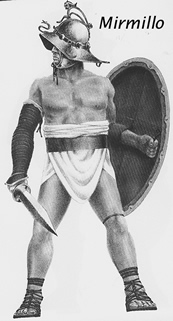
Gladiator Types
The types of gladiators depended on their arsenal and ethnicity with the most ancient one being the “secutor”, formerly known as “samnites” coming from the tribes that first opposed Rome.
He was armed with a rectangular shield, a knee pad on his left leg, egg-shaped helmet with horsehair (or sometimes feathers) and a segmented sleeve called “manica”. The name changed during the first century B.C. to "secutor" or "chaser" for English. Probably the most famous type of gladiator is the “mirmillo”. Gaelic warriors equipped with a short blade, a round shied and a massive fish shape helmet which gave it its name.
The arena was an entirely different story. The gladiators were the stars, but the hosts of the fights usually had their own agendas. Most of the time being wealthy people seeking popularity or power or politicians looking for better recognition. When fights were staged the dates and stages were written with red on the walls. The opening ceremonies were very spectacular, especially in the end of the early Republic, and the beginning of the Empire. The host would circle the arena, joined by his companions or supporters, before the bloodthirsty crowd. He would announce the beginning of the fights.
The fights themselves were varied with each host trying to find a more spectacular way to please the people. Every time a different agenda has been applied, depending on the trending popularity amongst the viewers at the moment. Being powerful, rich or well know, none could deny the power of the crowd. The people decide who should live and who should die. It didn’t matter what the host thought. He had to please the people.
Different Gladiator Fights
Another favored type of fights were the ones with animals. One of the prime reasons were not the popularity amongst people but the economical benefit - keeping the Roman hunters busy in the provinces of Africa to fulfill the high demand at the time.
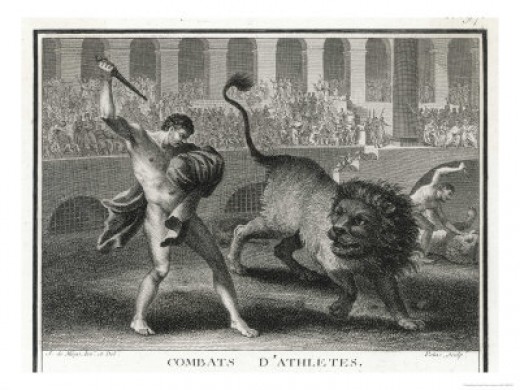
The morning school was the place where the “bestiary” - the animal handlers and the fighters would train. The time it took to prepare them for the arena was longer than the one of regular gladiators. Apart from fighting they were thought how to handle animals. An astonishing level of animal handling was reached by the Romans. Bears walking on ropes, lions acting like dogs bringing caught rabbits to the handlers and even monkeys riding as horsemen.
When blood was demanded came the “venatori”. They were skilled warriors who managed to kill animals with nothing but their bare hands. With the highest level of mastery being wrapping a lion’s head or any other predator with cloth, then bringing it down with a spear or a sword.
A bit less popular, but still a favorite, were the fights between the animals themselves. The most well known fight was between a rhino and an elephant, when the elephant took a forgotten broom on the arena and blinded the rhino before stomping him.


